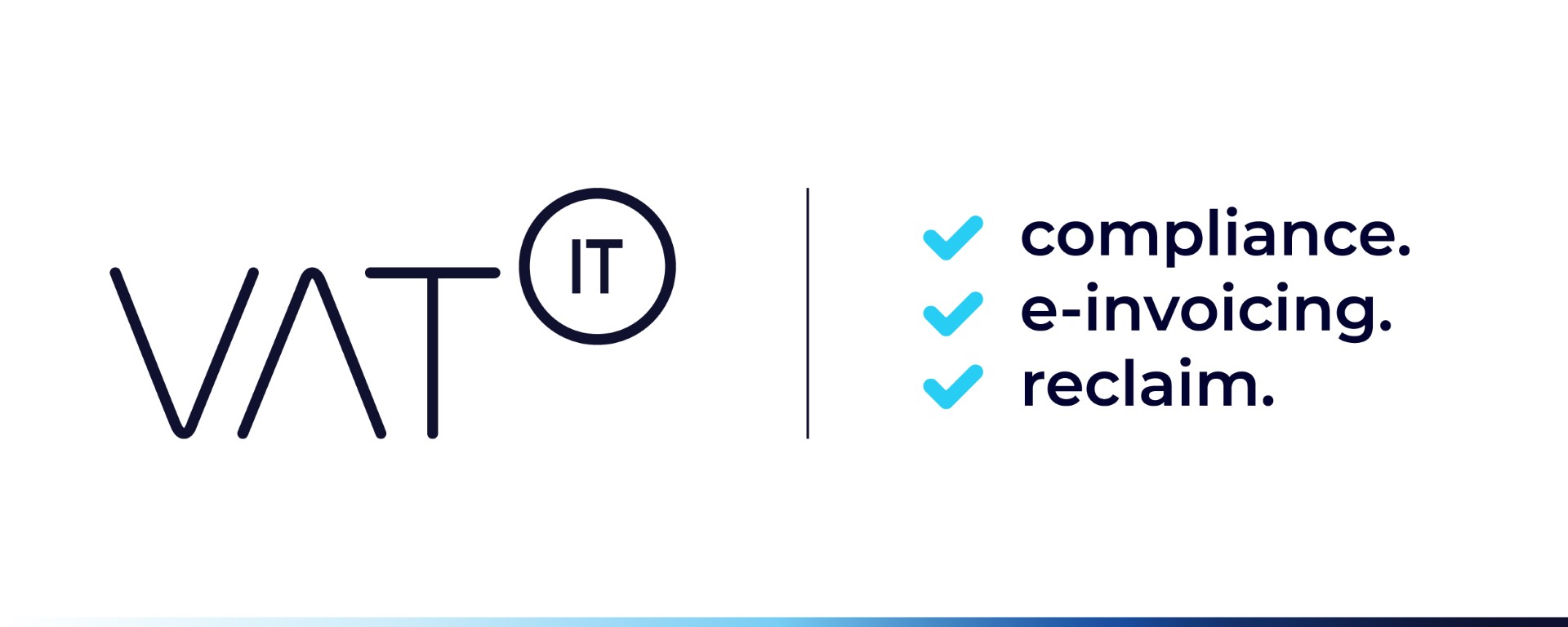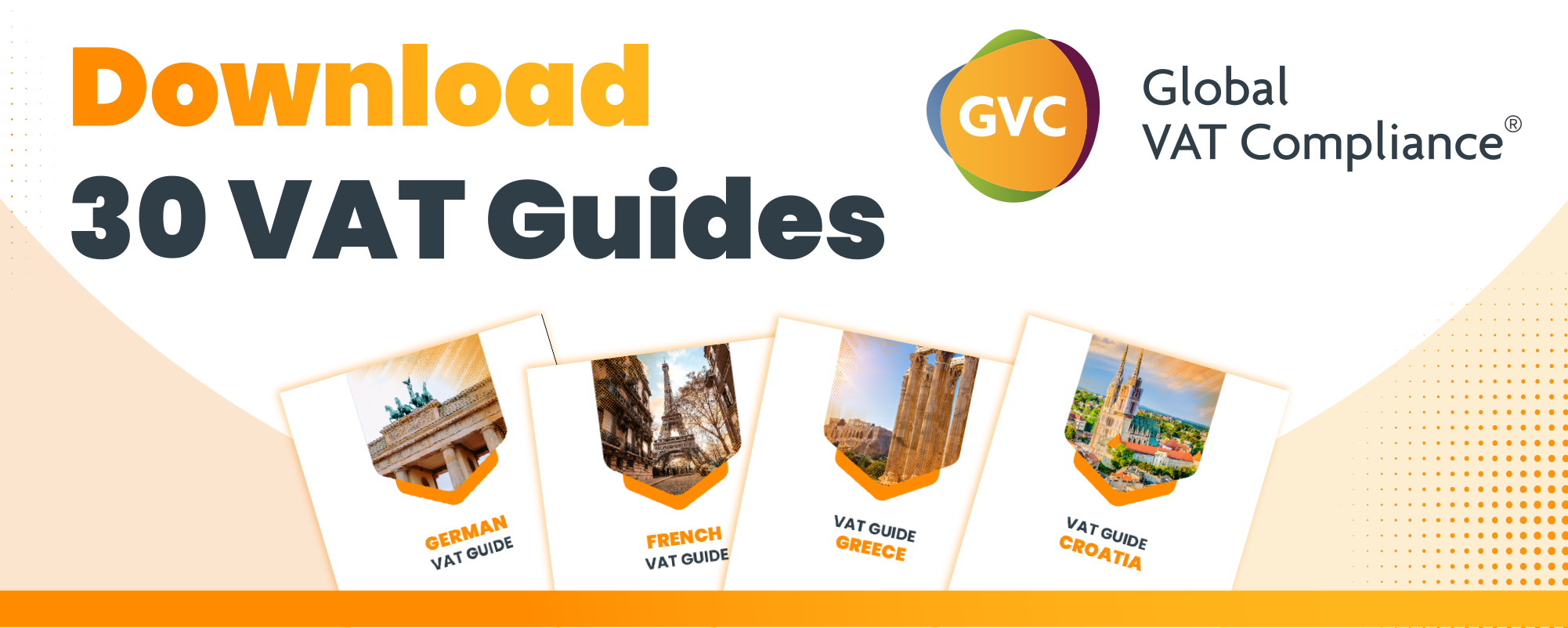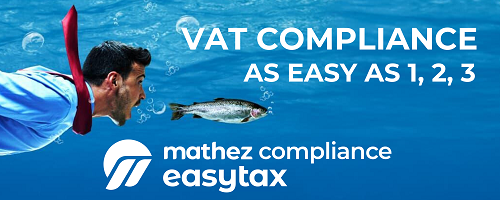- PDF invoices are digital representations of paper documents, while e-invoices are transmitted and processed in a fully electronic format
- E-invoices are created and exchanged in a structured, machine-readable format, facilitating seamless integration with accounting systems
- E-invoicing involves complying with new regulations, embracing evolving business practices, and leveraging cutting-edge technologies
- PDF invoices are flexible and familiar, resembling traditional paper invoices, but require manual handling and data entry
- E-invoices are more advanced and automated, leveraging structured data formats and electronic exchange systems for streamlined processing
Source: tiekinetix.com
Note that this post was (partially) written with the help of AI. It is always useful to review the original source material, and where needed to obtain (local) advice from a specialist.
Latest Posts in "World"
- E-Invoicing choices you make now will show up in your S/4HANA Project later
- E–invoicing Developments Tracker
- ecosio Webinar – Getting Started with Peppol: What You Need to Know (Dec 4)
- Fonoa – The Complete Guide to AI in Indirect Tax
- Country Profiles on E-Invoicing, E-Reporting, E-Transport, SAF-T Mandates, and ViDA Initiatives















